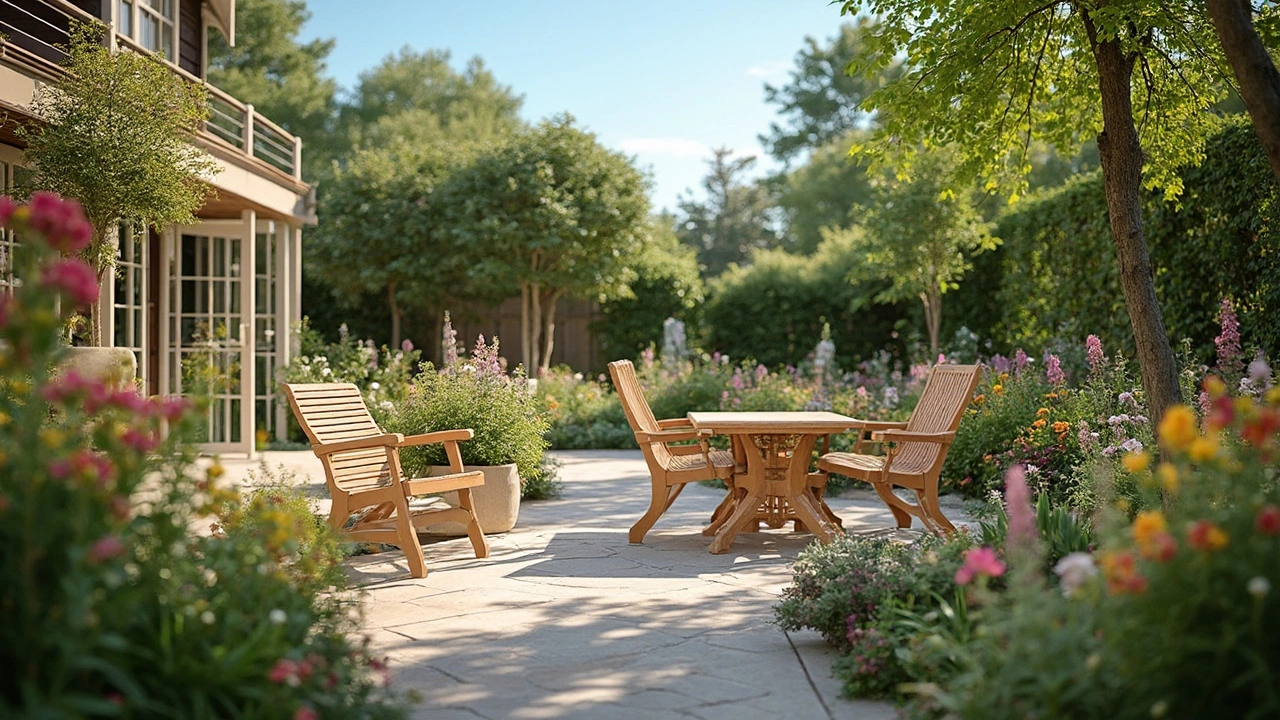How to Compare Furniture Competitors in the UK
Buying a new sofa, coffee table or bookshelf can feel like a maze. Every brand promises durability, style, or eco‑friendliness, but how do you know which one really delivers? This guide walks you through the key things to check when you stack up furniture competitors, so you can pick the piece that fits your home and budget.
Know the Brand Story and Values
First, look at what each company stands for. Rustic Social, for example, focuses on handcrafted, sustainable pieces made in the UK. Other big names might highlight low‑cost production, fast delivery, or celebrity collaborations. Ask yourself: does the brand’s mission match your priorities? If you care about eco‑friendly materials, a company that uses reclaimed wood and low‑VOC finishes will score higher than one that relies on cheap particle board.
Check the Materials and Build Quality
The next step is the actual construction. A solid hardwood frame, high‑density foam cushions and quality leather or fabric usually signal a longer‑lasting sofa. Look for details like dovetail joints, metal legs with a powder‑coat finish, or a hardwood base for coffee tables. If a competitor lists “MDF” or “particle board” for the main structure, expect a shorter lifespan and possible sagging over time.
When you read product pages, pay attention to the specifications section. Compare frame materials, cushion fill, upholstery type and any warranty offered. A three‑year warranty on a sofa bed, for instance, suggests confidence in durability, while a six‑month warranty may hint at cheaper construction.
Price vs. Value
Price alone isn’t a reliable quality marker. A £1,200 sofa made of solid oak and top‑grade leather can feel cheaper in the long run than a £800 piece that needs replacing in two years. Break down the cost per component: a solid wood coffee table may cost more up front but will outlive a cheaper glass‑top version that cracks easily.
Also, think about hidden costs—delivery fees, assembly charges and replacement parts. Some competitors bundle free delivery and assembly, which can save you a lot compared to a low price that excludes these services.
Read Real User Reviews
Search for reviews that talk about everyday use, not just the unboxing experience. Look for comments on how a sofa holds up with kids and pets, whether a patio set weathers rain without rusting, or if a TV stand wobbles after a few months. User feedback often reveals issues that manufacturers don’t list in the product description.
On our own blog we’ve covered topics like “Most Durable Sofas in 2025” and “Weather‑Resistant Patio Furniture”. Those posts pull together expert advice and real‑world testing, giving you a clearer picture of which competitors actually deliver on their promises.
Take the Room into Account
Finally, match the furniture to your space. A round coffee table might look great in a small living room, but if the radius is too big it will block foot traffic. Use online room planners or simply tape out the footprint on the floor before buying. Knowing the exact dimensions you need prevents you from ending up with a piece that looks good in a catalog but doesn’t fit your layout.
By comparing brand values, materials, price‑to‑value ratio, user reviews, and room fit, you can cut through the noise of competing furniture sellers. The right competitor isn’t always the cheapest or the most famous—it’s the one that aligns with your style, durability needs, and budget. Happy shopping!
POLYWOOD's Biggest Competitor in the Garden Furniture World
Exploring who truly rivals POLYWOOD in the garden furniture industry opens up a whole conversation about quality, sustainability, and style. POLYWOOD is known for its eco-friendly, durable products, but there's a major player giving them a run for their money. The article delves into the competition and why it might matter to you. It's about the materials, the design choices, and which rival is making waves in your backyard.
More
